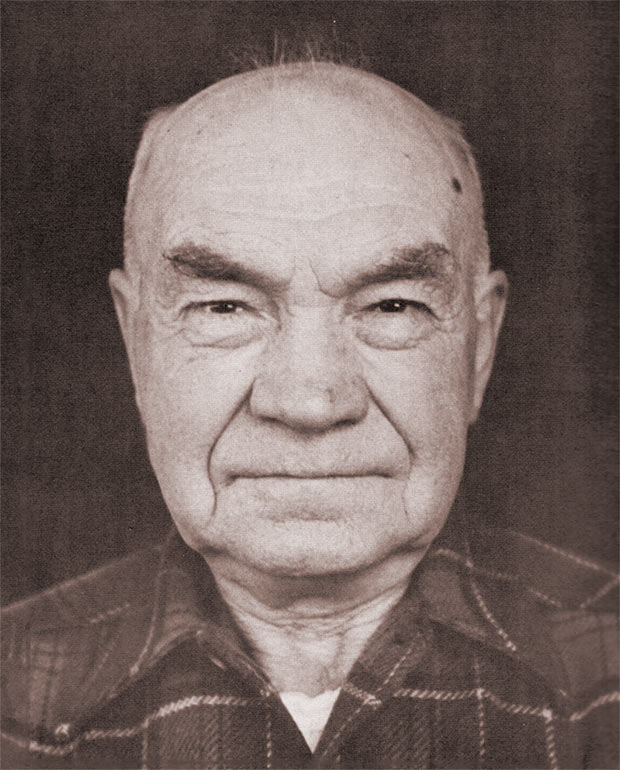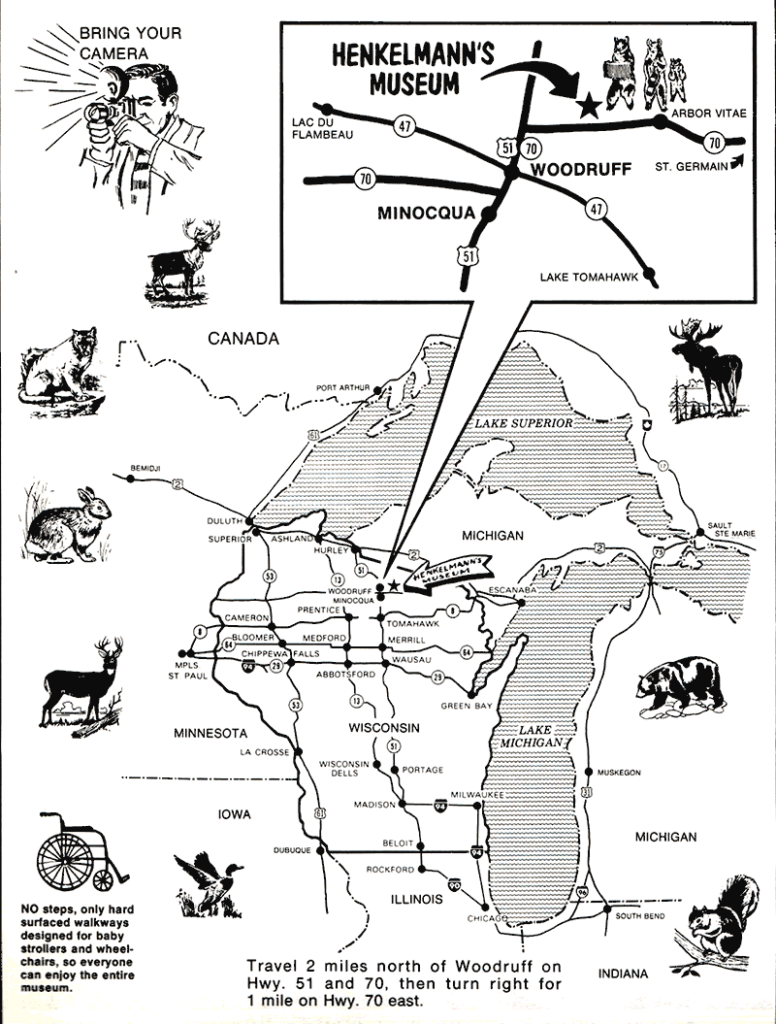
Date of Birth: 1897
Date of Death: 1976
Place of Birth: Wausau, Wisconsin
Burial Place: Woodruff, Wisconsin
Heinrich August “Henry” Henkelmann was the descendant of a long line of German forest rangers. Born in central Wisconsin, his earliest years were spent in a home located in virgin timber which abounded with wildlife. A child prodigy in taxidermy, he was experimenting and developing his own methods for preserving birds and mammals while very young. At age 12, after shooting good-sized buck, he mounted his first deer head which was hung in his father’s hunting lodge. The patrons of the lodge recognized the superior workmanship and began to ask for young Henry to mount their trophies as well.

As a successful hunter and taxidermist, Henkelmann created his own private wildlife museum in northern Wisconsin, which eventually became the largest display of game animals which were hunted, mounted and displayed by the same man. His love of natural history also extended to the background paintings in his museum, which were also painted by Henry. Because he was both self-taught and set-financed, Henkelmann was able to develop his own ideas in all cases of work establishing the museum. Without any influence from others in his field, the museum was an original concept executed entirely by Henkelmann.
Henkelmann was also a pioneer in mechanical displays of taxidermy, with many of his museum pieces animated for motion.

